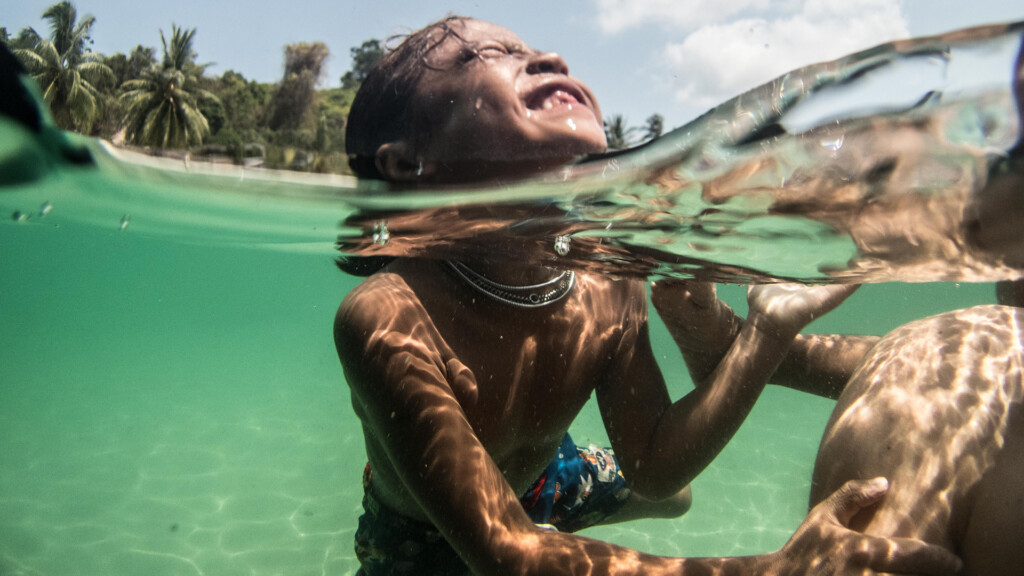Seagrasses are flowering plants that live in shallow sheltered areas along our coast. These sensitive plants are different from seaweed and form bright green leaves.

These leaves form large, dense meadows under the sea. Like the coral reefs and rainforest’s of the tropics, these underwater gardens are full of life, hosting many animals of different shapes, colours and sizes.
However, like rainforest’s and coral reefs, these incredible underwater gardens are threatened. Globally, estimates suggest we lose an area of seagrass around the same size as two football pitches every hour. Protecting what is left is vital.
Carbon Sequestration
Seagrasses occupy 0.1% of the seafloor, yet are responsible for 11% of the organic carbon buried in the ocean. Seagrass meadows, mangroves and coastal wetlands capture carbon at a rate greater than that of tropical forests.
Fisheries
Seagrass meadows form the basis of the world’s primary fishing grounds, supplying 20% of the world’s fisheries.
Poverty Alleviation
Seagrass meadows support communities and livelihoods. They provide vital nutrition for close to 3 billion people, and 50% of animal protein to 400 million people in the third world.
Biodiversity
Seagrass meadows provide food and habitat for 1000’s of species such as shellfish, seahorses, manatees, and sea turtles. Over 30 times more animals live within seagrass compared to adjacent sandy habitats.
